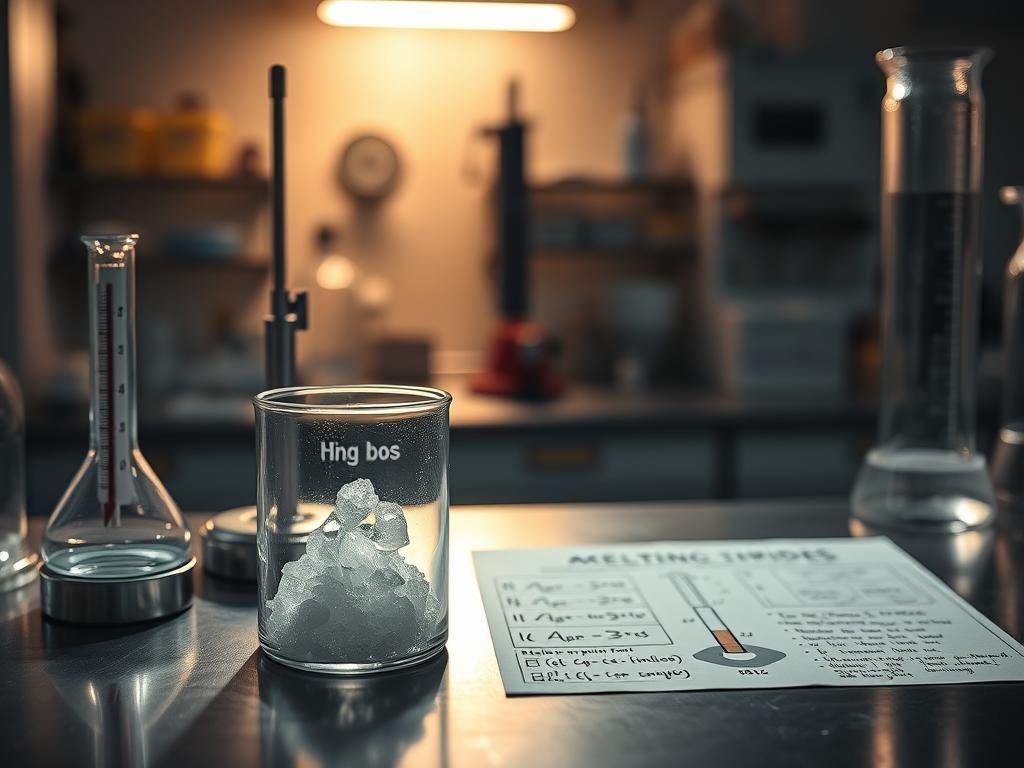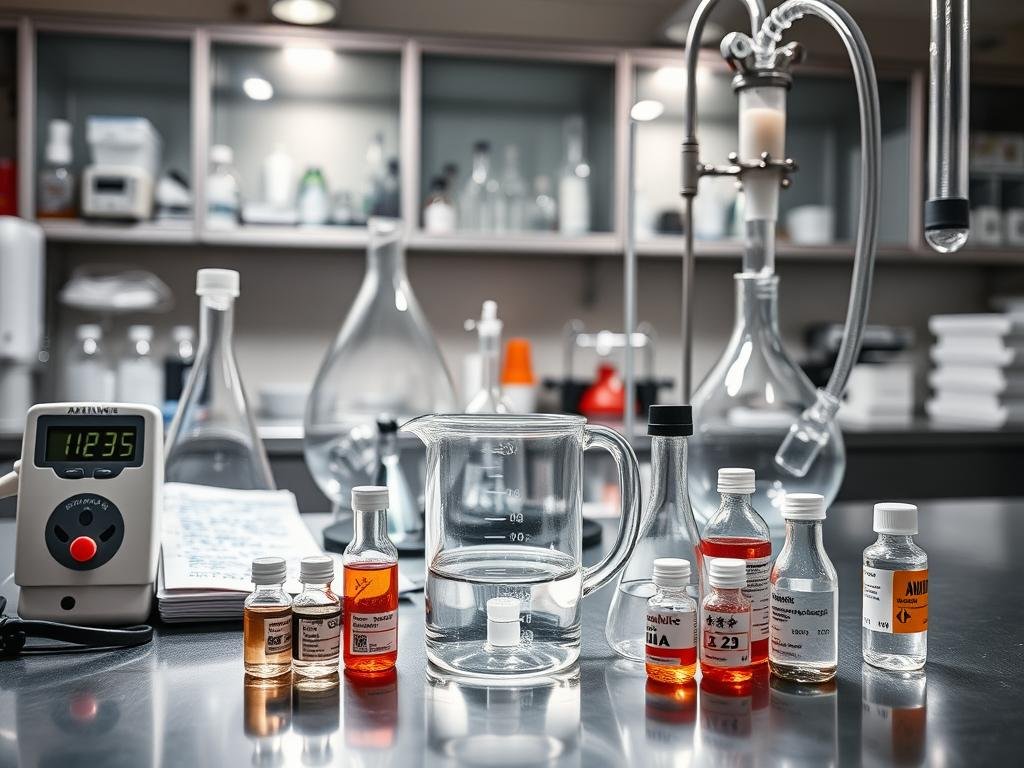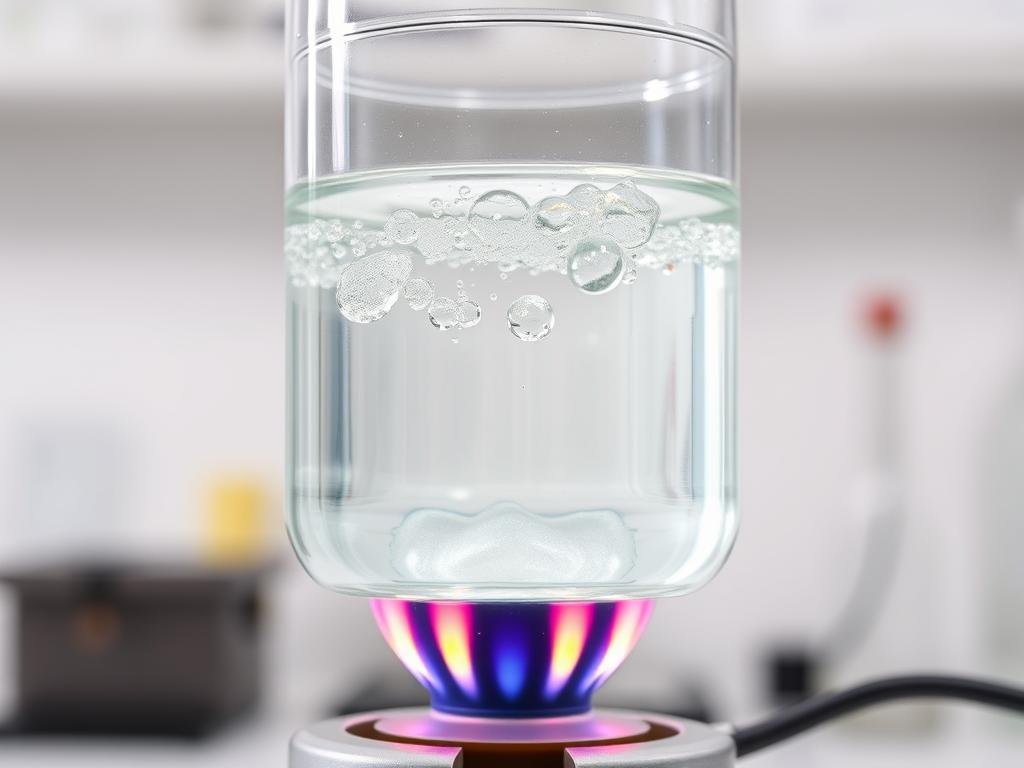Surprising fact: a simple heating test can screen batches at scale — a verified 113–115 °C range flags identity and purity for many labs and plants.
Rapidaccu brings over 15 years of CNC machining experience and links material data to quality control. This helps manufacturers and engineers source, specify, and machine parts to tight tolerances.
Known by its chemical name N‑phenylacetamide, the product carries CAS 103-84-4 and formula C8H9NO. It appears as an odorless, crystal white crystalline solid or white crystalline powder and stays stable under normal conditions.
Here you will find clear data on how a precise 113–115 °C range acts as a quick specification check. We explain why that range supports inspection, storage below 30 °C, safe handling, and processing choices for fixtures, test rigs, and parts.
Acetanilide at a Glance: Definition, Formula, and the Verified Melting Point
Clear material data help teams turn lab measurements into production-ready specifications.
N‑Phenylacetamide (preferred IUPAC name) carries formula C8H9NO and CAS 103-84-4. Its molar mass is about 135.166 g/mol and the verified 113–115 °C range serves as a quick identity and purity check for incoming product.
- Boiling near 304 °C and density ~1.219 g/cm3 give predictable thermal behavior for tooling and process limits.
- Slight solubility in water; soluble in ethanol, diethyl ether, acetone and benzene guides solvent selection for cleaning or recrystallization.
- Typical preparation involves acetylating aniline with acetic anhydride or glacial acetic acid.
| Identifier | Key value | Handling note | Use in QA |
|---|---|---|---|
| Name / CAS | N‑Phenylacetamide / 103-84-4 | Label with CAS and name | Prevents ordering errors |
| Thermal | 113–115 °C; boiling ~304 °C | Store | Identity and purity check |
| Solubility | Water (slight); ethanol, ether, acetone (soluble) | Choose solvent per process | Recrystallization control |
| Preparation & hazards | Acetylation of aniline; H302, H373 | Follow GHS steps | ERP and C of A cross-check |
Key Physical and Chemical Properties That Contextualize the Melting Point
Measured thermal and solvent data give practical guardrails for handling and inspection on the shop floor. Rapidaccu uses these values to set limits for fixtures, heating, and QA checks.
Thermal and identification metrics
Melting range: 113–115 °C serves as a fast identity and purity check. A narrow range helps spot impure batches whether the material arrives as a crystal white crystalline solid or a white crystalline powder.
Boiling and vapor behavior
Boiling near 304 °C and low vapor pressure (~2 Pa at 20 °C) mean little volatilization during routine work. That reduces loss and supports standard ventilation practices.

Solubility, stability, and appearance
- Slightly soluble in water, but soluble in ethanol, diethyl ether, acetone and benzene — guides solvent choice for recrystallization and cleaning.
- Odorless and generally stable; appearance ranges from glossy flakes to fine powder depending on processing.
- Density ≈1.219 g/cm3 helps with packing and volumetric handling during dispensing and CNC prep.
| Identifier | Value | Note |
|---|---|---|
| Formula | C8H9NO | Tie samples to supplier records |
| CAS | 103-84-4 | Use on labels and COA |
| Use in QA | 113–115 °C test; solvent checks | Fast acceptance screening |
whats is the acetanilide melting point and Why It Matters in Practice
A confirmed 113–115 °C transition range serves as a rapid acceptance test that links laboratory checks to shop-floor outcomes. Quick thermal verification helps teams avoid misidentified materials that can cost time and damage tooling.
Analytical checks confirm product identity and reveal purity issues. A sharp transition within this span indicates good quality. A depressed or broadened result signals impurities or moisture and prompts corrective action before production starts.
Analytical significance: confirming identity, purity, and decomposition risks
Melting checks protect instruments and batches by spotting changes that might precede decomposition during heating steps. Controlled heating prevents avoidable hazards while keeping assays fast and repeatable.
- Use a short test alongside COA review to confirm incoming product before machining.
- Record results for lot traceability and faster root-cause work if downstream parts fail spec.
- Keep tests within lab safety rules due to historical methemoglobinemia risks and GHS flags H302 and H373.
| Check | What to watch | Action |
|---|---|---|
| Transition range | 113–115 °C | Accept or reject lot |
| Appearance vs data | White crystals, clean | Recrystallize if broadened |
| Storage & handling | Below 30 °C; avoid oxidizers and strong bases | Follow SOPs and PPE |
For a concise reference, see an acetanilide reference and integrate checks into SOPs. Rapidaccu recommends this simple screening so machining schedules, surface finish, and tooling life stay predictable.
From Preparation to Production: How Acetanilide Is Made and Refined
A practical preparation guide helps teams translate lab methods into robust production steps that protect tooling and assure batch quality.

Classical acetylation process
The common route reacts aniline with acetic anhydride or with glacial acetic acid. Labs typically reflux for about 15–20 minutes, then pour the hot mix into cold water to hydrolyze residual anhydride and start crystallization.
Recrystallization and industrial refining
Recrystallization in water or mixed water/ethanol systems improves purity and crystal habit. Clean crystals meet tight test criteria and help confirm a correct product name on COAs.
- Industrial runs use staged reactors with fractional water removal to boost yield and throughput.
- Control reagent strength, temperature profiles, and timed filtration/washing to prevent drift.
- Document appearance, melting range, and solvent wash clarity as production data for traceability.
| Step | Typical condition | Purpose |
|---|---|---|
| Acetylation | Reflux 15–20 min; acetic anhydride or glacial acetic acid | Convert aniline to target product |
| Quench | Hot to cold transfer into water | Hydrolyze residual reagents, initiate crystallization |
| Refine | Recrystallize from water/ethanol | Polish purity and crystal surface finish |
Rapidaccu recommends linking these steps to fixture design and material compatibility. Supplier names such as tnj chemical industry, chemical industry co., or hefei tnj chemical should be reconciled with in‑house standards to keep production consistent.
Applications, Hazards, and Manufacturing Relevance for Quality-Driven Operations
Quality-led teams pick additives that link lab checks to consistent production outcomes. This section covers common uses, nearby process materials, and safety steps that protect people and parts.
Use cases and process roles
- Acts as a stabilizer for hydrogen peroxide formulations to limit peroxide decomposition during storage and transport.
- Helps stabilize cellulose ester varnishes for coatings and can stabilize cellulose ester systems when tuned into resin blends.
- Serves as an intermediate for rubber accelerator chemistry, dyes and dye intermediates, and camphor synthesis.
Materials landscape
Teams routinely handle acetic anhydride, glacial acetic acid, aniline, ethanol, acetone, ether, and water. Plan solvent and reagent compatibility to avoid contamination or poor recovery.
Safety and production controls
Labeling should reflect H302 and H373 risks and note historic methemoglobinemia concerns. Store below 30 °C and avoid oxidizers and strong bases.
| Area | Quick note | Action |
|---|---|---|
| Use | Stabilizer hydrogen peroxide, coatings, intermediates | Confirm specs before use |
| Materials | Aniline, acetic anhydride, ethanol, acetone | Control solvent handling |
| Safety | Ingestion hazard; chronic effects | Follow PPE and storage SOPs |
For partners like Rapidaccu, keeping the certified melting range tight acts as a fast proxy for quality. That protects finish, tolerances, and assembly consistency across precision production.
Conclusion
Keep a tight acceptance gate: 113–115 °C gives a fast signal about batch quality. Use that verified range as an early quality cue and follow up with deeper tests for borderline lots.
Remember the name N‑phenylacetamide and the common preparation from aniline with acetic reagents such as acetic anhydride or glacial acetic acid. Refine via recrystallization with water or mixed solvents to restore a sharp transition.
Document appearance, thermal data, and storage below 30 °C while observing H302 and H373 guidance. Coordinate supplier criteria and lab checks so material arrives ready for machining.
Rapidaccu applies 15+ years of CNC experience to turn those specs into fixtures and parts that meet tolerance and finish. See a concise verified 113–115 °C reference.

